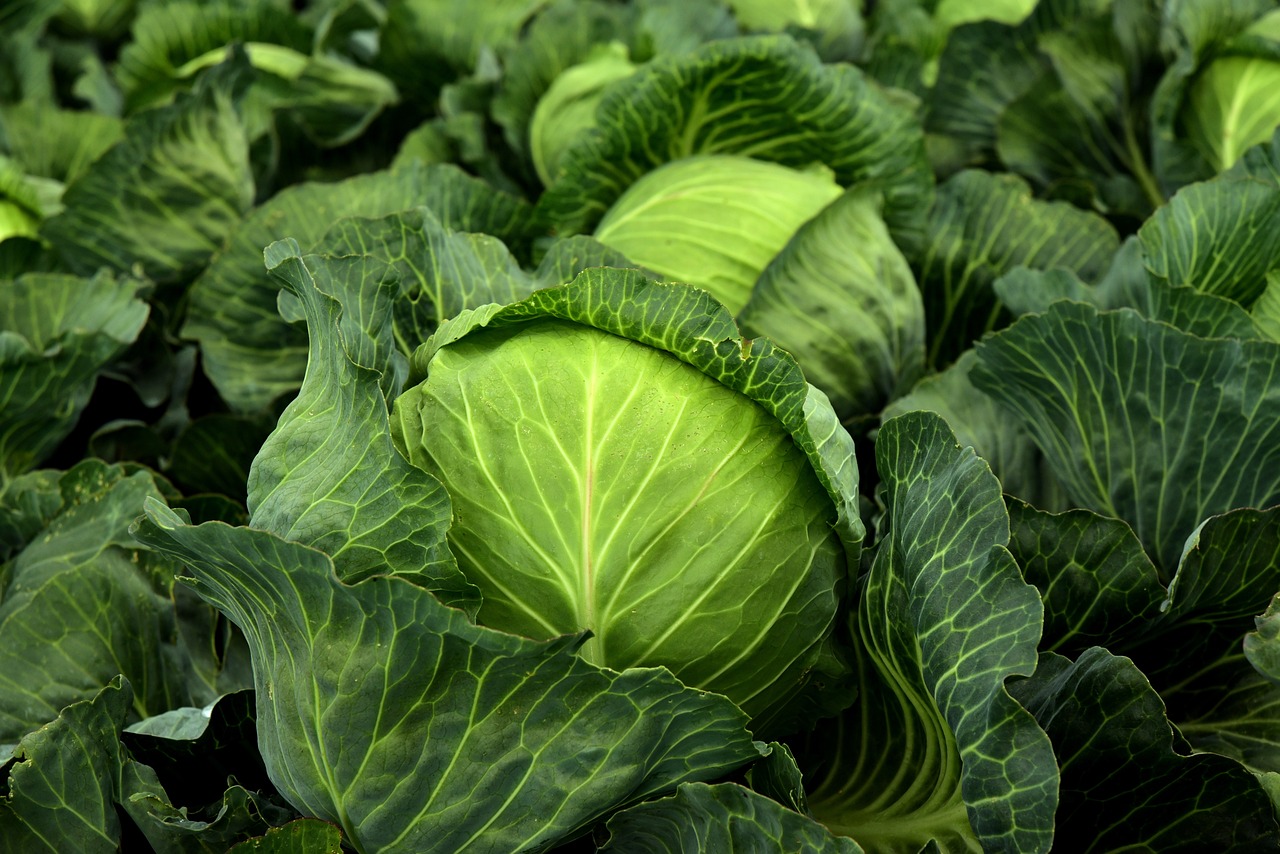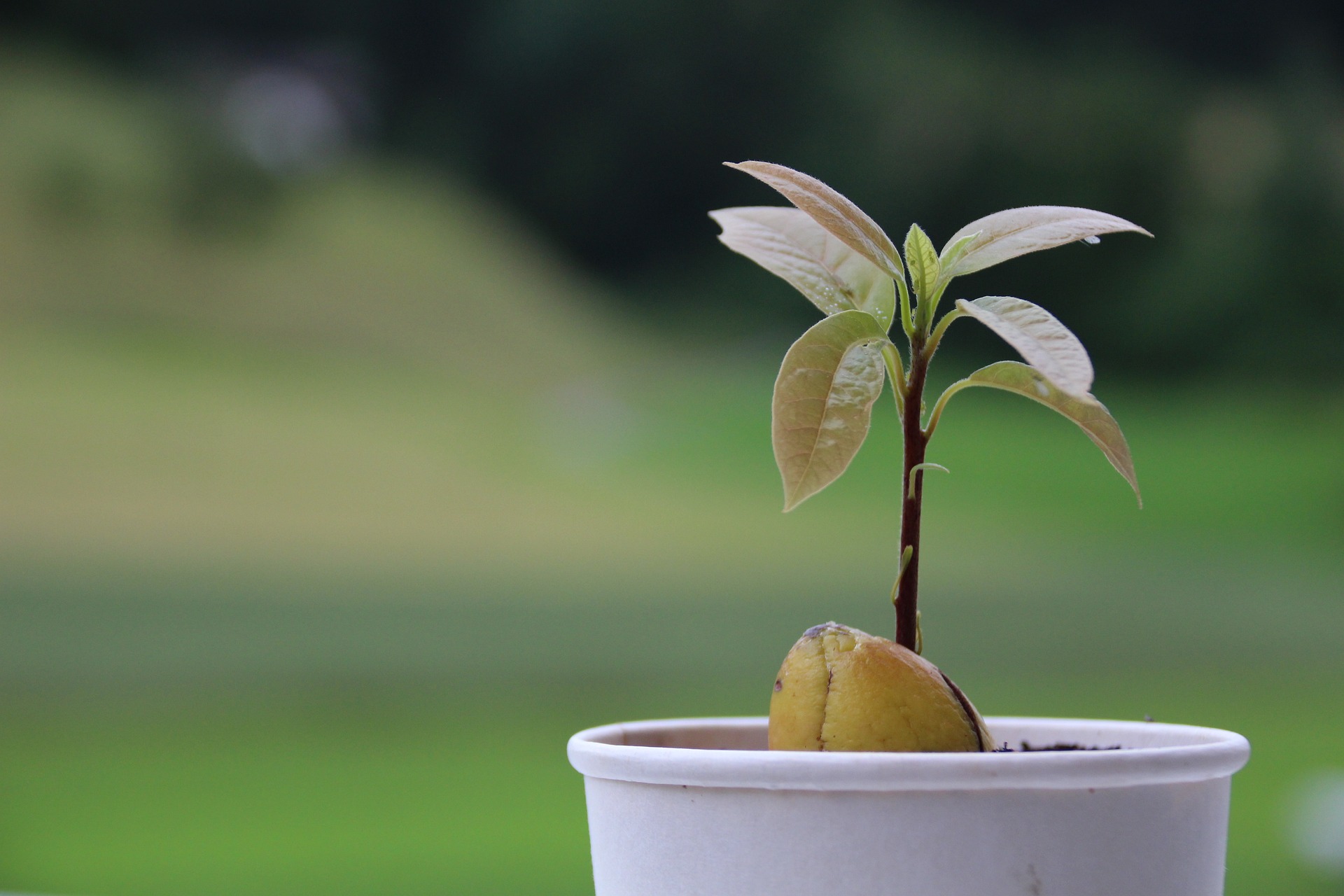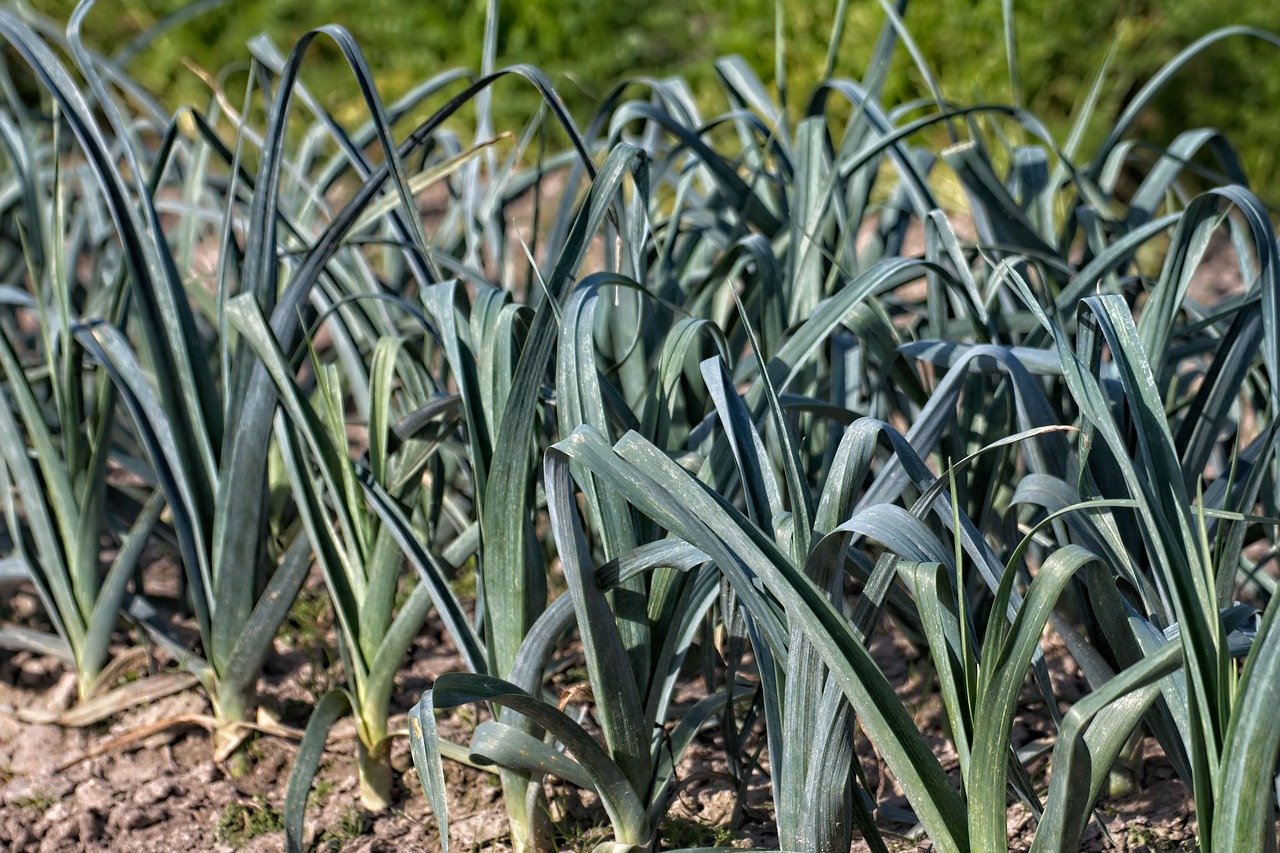There’s nothing like picking fresh beans from your garden and using them immediately in your kitchen. The freshness and flavor are unparalleled. Beans can be boiled, baked, sauteed or fried and used in tacos, burritos, soups, burgers and dips.
In a garden, the leafy vines of bean plants create a lush, verdant backdrop and produce attractive flowers in shades of white, pink, purple and red, enhancing garden aesthetics. Beans also improve soil fertility through nitrogen fixation, benefiting companion plants like corn and squash.
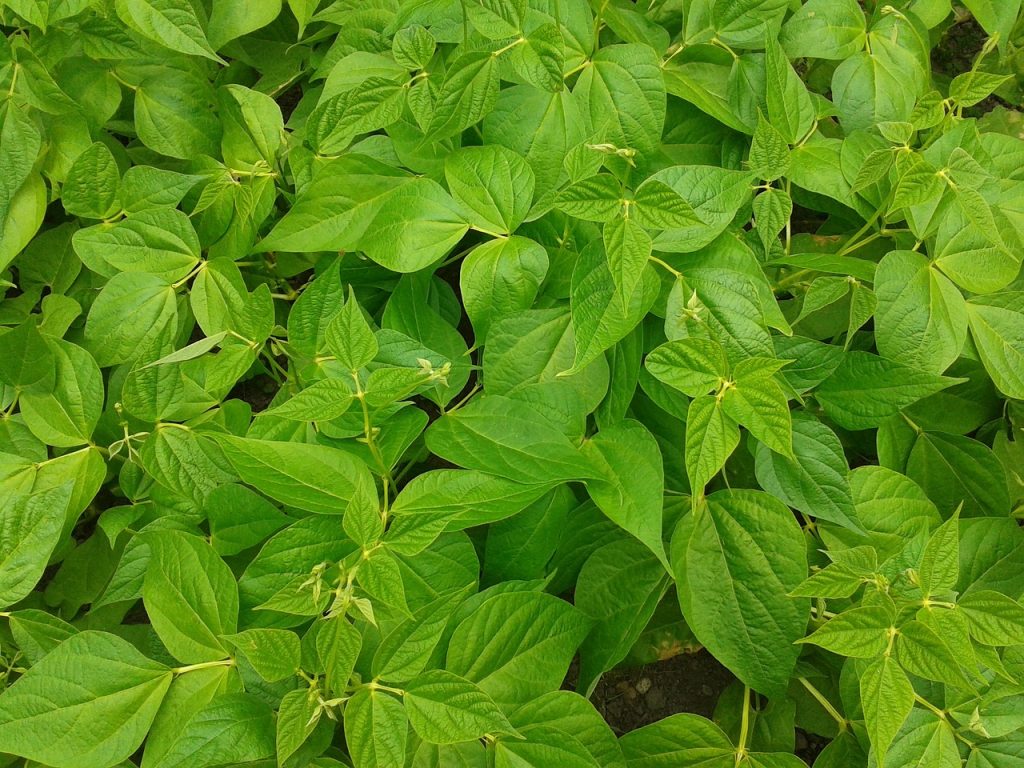
Description
Beans (Phaseolus vulgaris) are leguminous plants, belonging to the family Fabaceae. They come in many varieties, each with unique characteristics and culinary uses.
Beans typically have a kidney, oval, or round shape. They vary in size from small, like lentils, to large, like lima beans. Beans come in a wide range of colors, including white, black, red, green, and mottled patterns.
They are an excellent source of plant-based protein, fiber, vitamins and minerals and are low in fat, making them a healthy food choice. They can be used in soups, stews, salads, spreads and dips.
| Botanical name: Phaseolus vulgaris | Propagation: Seeds |
| Common name: Beans | Soil type: Loamy, sandy loam |
| Family: Fabaceae | Soil pH: 6.0-7.0 |
| Plant type: Legume, Annual | Temperature: 60°F to 70°F |
| Hardiness zones: USDA zones 3-10 | Light: Full sun |
| Mature size: 2-10ft.tall | Spacing: 4-6 inches |
| Flower color: White, purple, pink, red | Pollination: Self |
| Time to harvest: 45-70 days | Toxicity: Nontoxic |
| Native area: Central and South America |
Temperature requirements
Once germinated, beans prefer temperatures between 60°F to 70°F (15°C to 21°C) during the day and slightly cooler temperatures at night. However, different types of beans have different preferences. For example, pole beans and lima beans prefer warmer temperatures, while bush beans can tolerate cooler conditions.
Soil requirements
Beans prefer well-drained soil that is loose and friable. They do not like to have their roots sitting in waterlogged soil, as this can lead to root rot and other problems. Sandy loam or loamy soil types are ideal.
Beans prefer slightly acidic to neutral soil pH, ideally between 6.0 and 7.0. Soil pH outside of this range can affect nutrient availability to the plants.
While beans are not heavy feeders like some other crops, they do benefit from soil that is moderately fertile. Adding organic matter, such as compost or well-rotted manure, to the soil before planting can help improve soil fertility and structure.
Light/Sun requirements
Beans, whether they are pole beans, bush beans, or any other variety, prefer at least 6 to 8 hours of direct sunlight each day. Full sun exposure promotes robust growth, flowering, and fruit development.
Sunlight is crucial for photosynthesis, the process by which plants convert light energy into chemical energy to fuel their growth. Beans, like most plants, rely heavily on photosynthesis to produce sugars and other compounds necessary for growth and development.
Types of Beans
Pinto Beans: Medium-sized, beige with brown streaks, turning a uniform pinkish-brown when cooked.
Black Beans: Small, shiny, and black, with a dense, meaty texture. Common in Latin American cuisine.
Kidney Beans: Large, kidney-shaped, and reddish-brown, known for their firm texture and are often used in chili.
Navy Beans: Small, white, and oval, known for their use in baked beans and soups.
Lima Beans: Also known as butter beans, they are larger and flat with a creamy texture.
When to plant Beans
Beans are warm-season crops and are sensitive to frost. Therefore, it’s important to wait until all danger of frost has passed before planting beans outdoors. You can determine your average last frost date based on your USDA Hardiness Zone or consult local gardening resources.
Direct Seeding: Many gardeners prefer to sow beans directly into the garden rather than starting seeds indoors and transplanting seedlings. Direct seeding is typically done once the soil has warmed up and the weather has become consistently warm. This is usually in the spring, after the last frost date, but can vary depending on your location.
Indoor Start: If you live in a region with a short growing season or if you want to get a head start on the growing season, you can start bean seeds indoors a few weeks before the last frost date. However, beans generally do not transplant well, so use biodegradable pots or peat pots to minimize root disturbance when transplanting seedlings outdoors.
Succession Planting: To extend your bean harvest throughout the growing season, consider succession planting. Plant new bean seeds every two to three weeks until mid-summer to ensure a continuous supply of fresh beans.
Soil Preparation
Conduct a soil test to determine the pH level and nutrient content of your soil. Beans prefer slightly acidic to neutral soil with a pH range of 6.0 to 7.0. Amend the soil as needed to adjust the pH level.
Work the soil to loosen it and improve drainage. Remove any weeds, rocks, or debris from the planting area. Incorporate organic matter such as compost, well-rotted manure, or aged leaf mold into the soil to improve its fertility, moisture retention, and structure.
Avoid using high-nitrogen fertilizers in the planting area, as excessive nitrogen can promote excessive foliage growth at the expense of bean production.
Create Planting Beds or Rows
Prepare raised beds in your garden, which provide better drainage and soil warmth, especially in cooler climates or poorly draining soils.
Install Supports (for Pole Beans)
If you’re planting pole beans, install trellises, stakes, or other supports for the vines to climb. Place the supports in the ground before planting to avoid damaging the bean seedlings later.
Planting Seeds
Sow bean seeds directly into the prepared soil at a depth of about 1 to 1.5 inches. Space the seeds according to the spacing recommendations for the specific variety you’re planting.
Space bush bean seeds or seedlings about 4 to 6 inches apart in rows, and space rows 18 to 24 inches apart. For pole beans, plant seeds or seedlings about 6 to 8 inches apart along the base of the supports.
How to Care for Beans in the garden
Watering: Keep the soil consistently moist but not waterlogged, especially during the germination and flowering stages. Beans require about 1 inch of water per week, either from rainfall or supplemental irrigation.
Water the plants deeply, soaking the soil to encourage deep root growth. Avoid overhead watering, as wet foliage can increase the risk of foliar diseases.
Mulching: Apply a layer of organic mulch, such as straw, shredded leaves, or grass clippings, around the base of the bean plants to help retain soil moisture, suppress weeds, and maintain even soil temperatures. Mulching also helps prevent soil splashing onto the foliage, reducing the risk of soil-borne diseases.
Fertilizing: Beans are relatively light feeders compared to other vegetables, but they benefit from a moderate amount of nutrients. Side-dress the plants with a balanced fertilizer, such as 10-10-10, when they begin flowering to promote healthy growth and fruit development.
Avoid over-fertilizing with nitrogen, as excessive nitrogen can result in excessive foliage growth at the expense of bean production.
Supporting Pole Beans: If you’re growing pole beans, provide support for the vines to climb. Train the vines onto trellises, stakes, or other supports as they grow. Avoid handling the vines too roughly to prevent damaging the tender stems.
Weeding: Keep the garden bed free of weeds, which can compete with bean plants for nutrients, water, and sunlight. Regularly remove weeds by hand or use mulch to suppress weed growth.
How to Harvest Beans
Beans can be harvested when fresh or left to dry in the garden to harvest dry seeds.
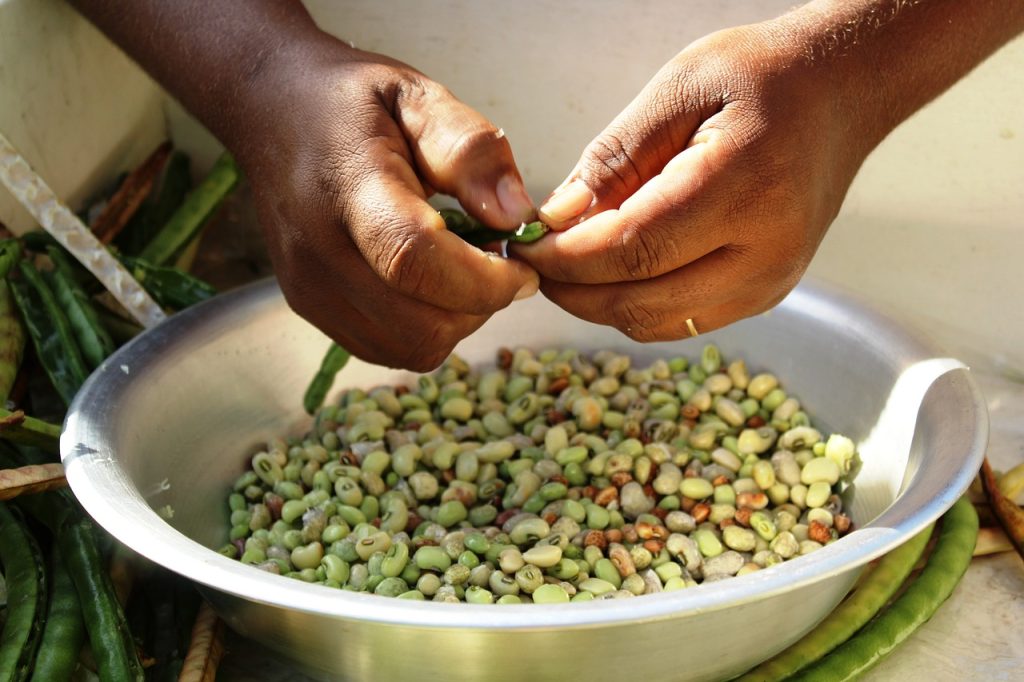
Dry beans are ready for harvest when the pods are dry and tan in color, and you can hear the beans rattling inside when shaken. Choose a dry day to harvest to prevent mold and mildew. Early morning or late afternoon is ideal to avoid the hottest part of the day.
Cut bean pods using scissors or gardening shears and spread them out in a single layer on a screen, tray, or sheet in a dry, well-ventilated area. Leave them to dry for about a week. Once the pods are thoroughly dry, shell the beans by hand. Hold a pod with both hands and twist it to split it open, then remove the beans. Once the pods are thoroughly dry, shell the beans by hand. Hold a pod with both hands and twist it to split it open, then remove the beans.

Storage
Store the dried beans in airtight containers, such as glass jars or plastic containers, in a cool, dark place. For long-term storage, you can freeze the dried beans. Place them in freezer-safe bags or containers.
Pest and Disease Management
Monitor the bean plants regularly for signs of pests such as aphids, bean beetles, or caterpillars. Handpick pests or use insecticidal soap or neem oil to control infestations.
Watch for symptoms of common bean diseases such as powdery mildew, bacterial blight, or bean rust. Practice crop rotation, proper spacing, and good garden hygiene to minimize the risk of diseases spreading.
If necessary, use fungicides or other appropriate treatments to manage fungal diseases, following label instructions carefully.
Best Companion plants to grow with beans
Corn, squash, carrots, beets, marigolds and cucumbers.
Worst Companions
Onions, leeks, fennel, sun flowers, garlic and chives.


